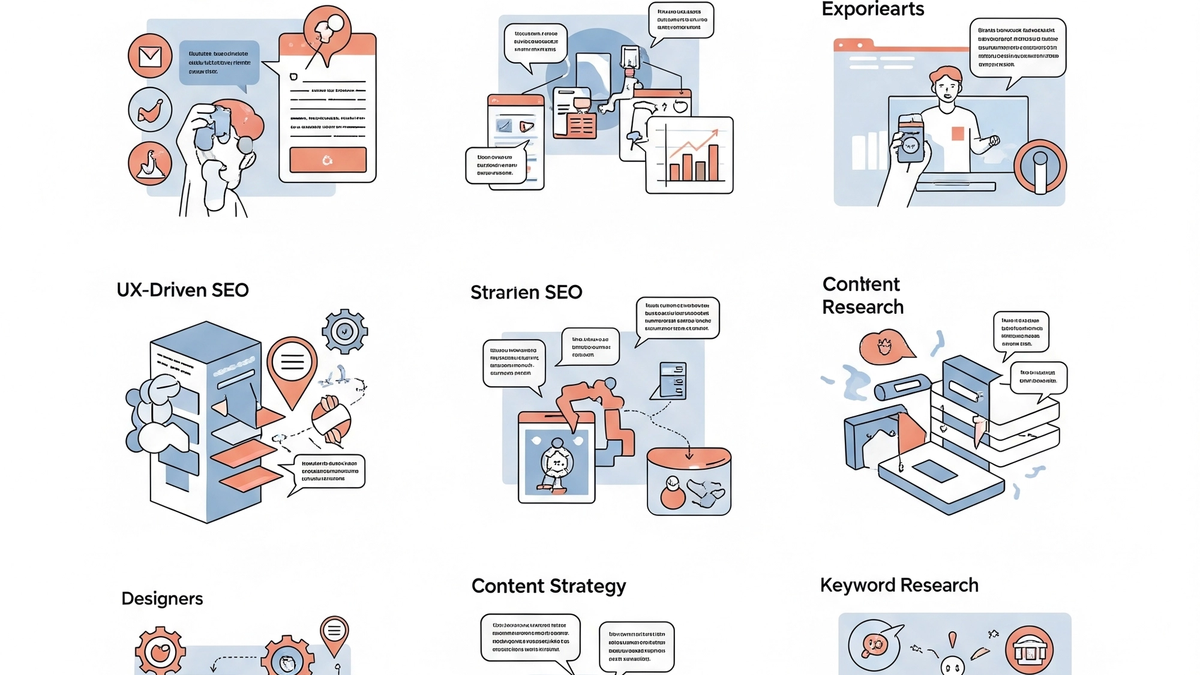
UX-Driven SEO: Designing for Higher Rankings and Engaged Users
Discover how a user-centric design approach is crucial for modern SEO, creating websites that Google loves and users never want to leave.
In today’s digital landscape, SEO isn’t just about keywords and backlinks.
Google’s algorithms are increasingly sophisticated, prioritizing user experience (UX) as a fundamental ranking factor. For designers at Fastrive Studio, this means every design decision—from navigation flow to visual hierarchy—plays a direct role in a website’s search performance. It’s about designing for people, which ultimately leads to better rankings.
The Convergence of UX and SEO
Google aims to provide users with the best possible results. A “good” result isn’t just relevant; it’s also easy to navigate, loads quickly, and provides an enjoyable experience. Metrics like dwell time, bounce rate, and click-through rates—all influenced by UX—send strong signals to search engines about the quality of your site. This makes UX designers integral to SEO success.
Key UX Principles for SEO
- Intuitive Navigation: A clear site structure and easy-to-find information improve crawlability and user flow.
- Mobile-First Design: Essential for both user satisfaction and Google’s mobile-first indexing.
- Readability & Visual Hierarchy: Well-structured content with clear headings and readable fonts keeps users engaged longer.
- Reduced Clutter & Fast Loading: A clean design reduces cognitive load and contributes to faster page speeds—both critical for UX and SEO.
By designing with the user at the forefront, we inherently create websites that are optimized for search engines.
At Fastrive Studio, UX and SEO are not separate silos but integrated components of our holistic approach to digital excellence.